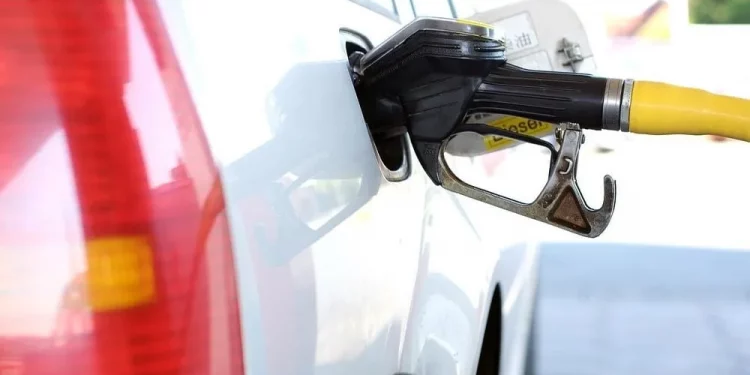Fuel prices have risen for the first time since November last year with the cost of petrol increasing to Sh 134.72 compared to Sh129.72 in the previous month.
In the latest review by the Energy and Petroleum Regulatory Authority (EPRA), the cost of diesel will also increase by Sh5 to Sh115.60 while the price of Kerosene will remain unchanged at Sh103.54.
The average landed cost of imported super petrol increased by 13.34 percent from USD 596.79 per cubic metre in January 2022 to USD 676.40 per cubic metre in February 2022; Diesel increased by 11.74 per cent from USD 606.16 per cubic metre to USD 677.31 per cubic metre.
The landing cost of kerosene also increased by 15.94 percent from USD 534.38 to USD 619.57 per cubic metre.
The State partially withdrew the fuel subsidy imposed last year, sending diesel and petrol prices to an all-time high in the first increase since October.
The Treasury said it will pay marketers an estimated Sh9.75 billion to curb a sharp rise in fuel prices in the wake of the Russia-Ukraine war, which has triggered a rally in commodities like crude oil and crippled the subsidy scheme.
According to EPRA, the government will utilize the Petroleum Development Levy to cushion consumers from the otherwise high prices.
In Mombasa, Super Petrol will retail at Sh132.46, diesel Sh133.36 and kerosene at Sh101.29 while in Nakuru, Super petrol will retail at sh134.24, Diesel Sh115.43 and Kerosene at sh103.39.
For those in Kisumu, Super petrol will retail at sh135.13, Diesel Sh116.30 and Kerosene at sh104.26.
The National Assembly Committee on Finance in October 2021 recommended a reduction on taxes and levies through tax law amendments to cushion Kenyans from the spike in fuel prices in the recent months.
The committee tabled a report before the House seeking to reduce the Petroleum Development Levy charged on Super Petrol and Diesel from sh5.40 to sh2.90.
Fuel prices have hit a new record high at the pump in many countries, tightening the squeeze on consumers.
The pump prices are driven largely by the wholesale price of energy, which has shot up amid fears of global economic shocks from Russia’s invasion of Ukraine.
Oil prices soared after Russia invaded Ukraine, with the price of Brent crude oil — the global benchmark for prices — hitting a near 14-year high of $139 per barrel at one point.
However, in the past few days, the price of oil has dropped as fears that the European Union would follow the US and Canada in banning Russian oil have eased. Brent crude was down at $109 per barrel early on Monday.
US Secretary of State Antony Blinken said the United States and European allies were exploring banning imports of Russian oil, while the White House was coordinating with Congress committees to move forward with a US ban.
Analysts at Bank of America said if most of Russia’s oil exports were cut off, there could be a five million barrel per day (bpd) or larger shortfall, pushing prices as high as $200.
This has the potential to drive Kenya’s pump prices upward and overwhelm the current State-backed subsidy that has kept pump prices unchanged for the fourth month in a row.
The costs of energy and transport have a significant weighting in the basket of goods and services that is used to measure inflation in Kenya.




